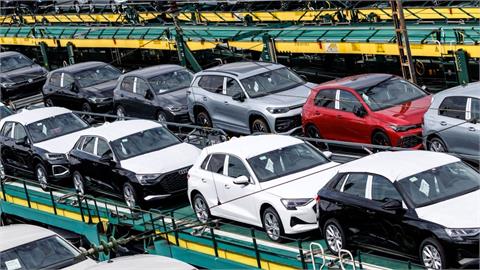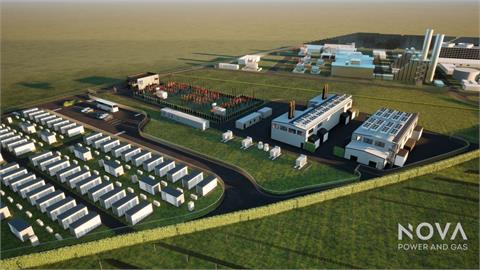Hyundai Motor and Kia Motors announced plans on Wednesday to introduce solar charging technology on selected Hyundai Motor Group vehicles.
Electricity-generating solar panels will be incorporated into the roof or the hood of vehicles, and will support internal combustion, hybrid and battery electric vehicles with additional electrical power, increasing fuel efficiency and range, according to a joint statement from the South Korean companies.
"The solar charging technology is being developed to support the vehicle’s main power source, improving mileage and reducing carbon dioxide emissions," the statement added. The solar charging system is composed of a solar panel, a controller, and a battery. Electricity is produced when solar energy from the sun touches the solar panel's surface, which converts this by using photons of light from the sun and then creating the electron-hole pairs in silicon cells to generate solar electricity.
Hyundai Motor Group is developing three types of solar roof charging systems: The first-generation silicon solar roof system, the second-generation semi-transparent solar roof system, and the third-generation lightweight solar-lid on the vehicle's body.
The first-generation solar roof system, which will be applied to hybrid models, includes a structure of mass-produced silicon solar panels that are mounted on an ordinary roof. This system can charge 30 to 60 percent of the battery per day, depending on the weather condition and the environment.
The second-generation semi-transparent solar roof system will be applied to vehicles with internal combustion engines, for the first time in the world. The panels are applied to a panoramic sunroof, maintaining transparency while charging an electric vehicle’s battery or an additional battery mounted on an internal combustion engine vehicle.
The third-generation lightweight solar-lid system, currently in the process of pilot study for applying to eco-friendly vehicle models, includes a structure that mounts solar panels on a bonnet and roof combined, in order to maximize energy output. "In the future, various types of electricity generating technologies, including the solar charging system, will be connected to vehicles. This will enable them to develop from a passive device that consumes energy to a solution that actively generates energy," said Jeong-Gil Park, executive vice president of Engineering Design Division at Hyundai Motor Group, who developed this technology.
"The paradigm of the vehicle owner will shift from that of a consumer to an energy prosumer [producer and consumer]," Park added.
The Hyundai Motor Group will launch the first generation of this technology into its vehicles after 2019 to help meet global regulations targets and improve vehicle fuel efficiency.
(Anadolu Agency)



